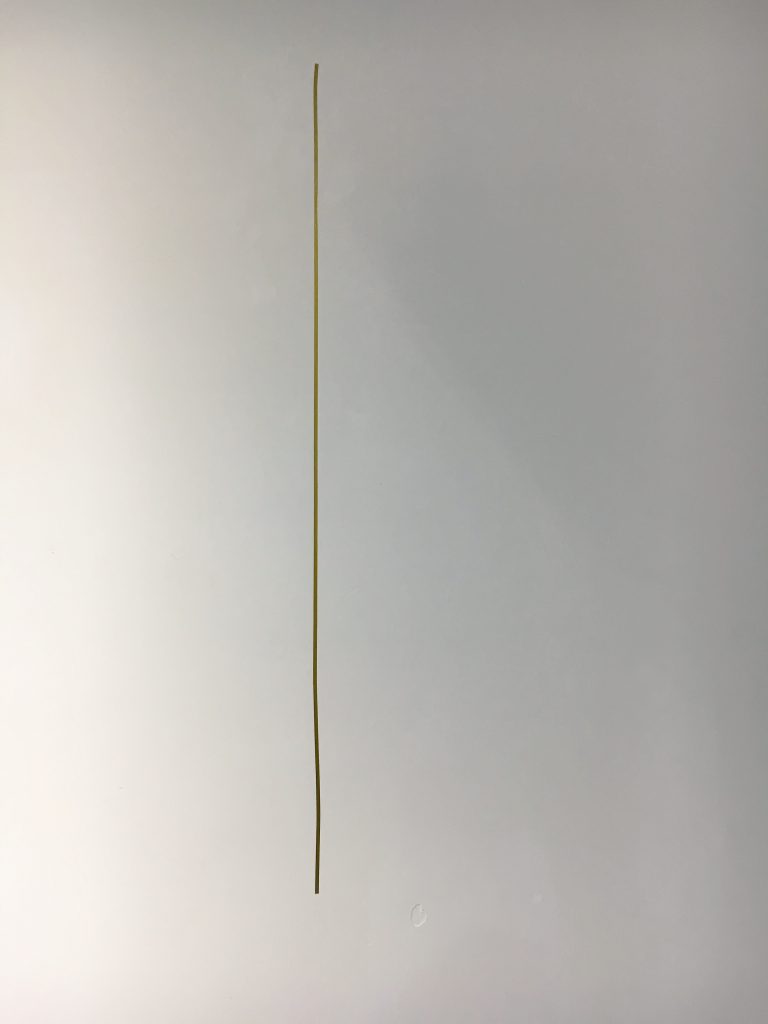


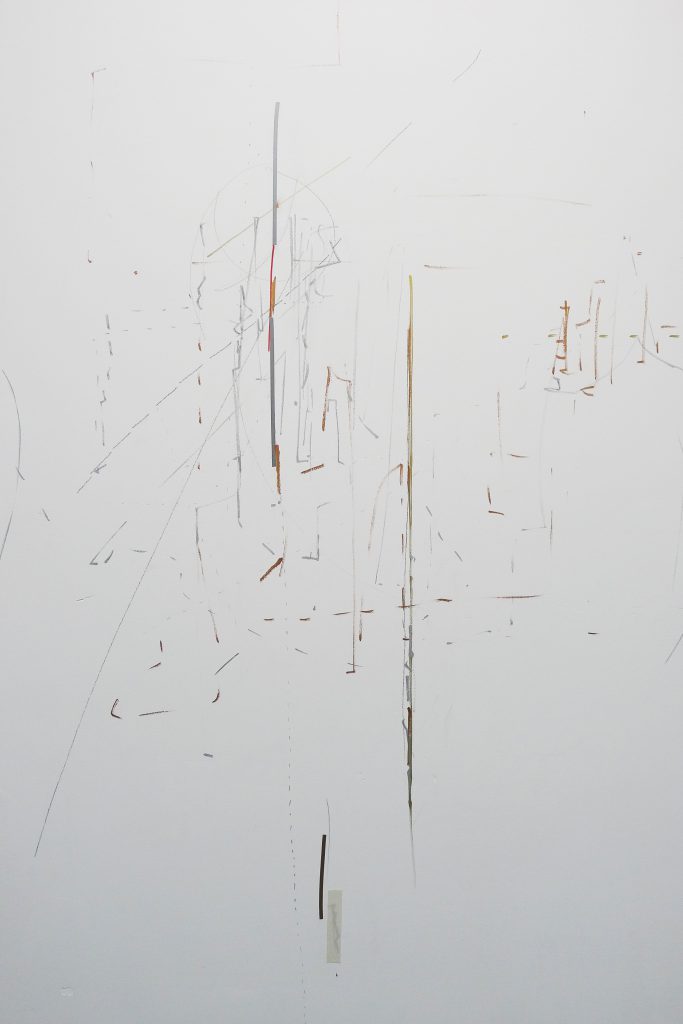
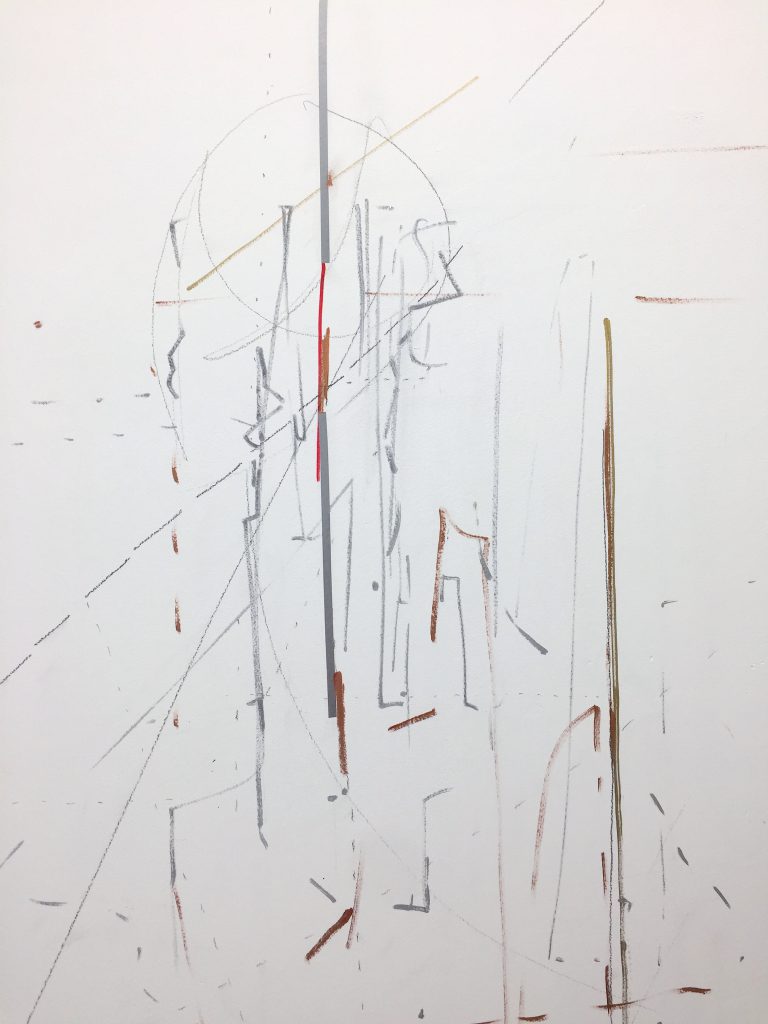
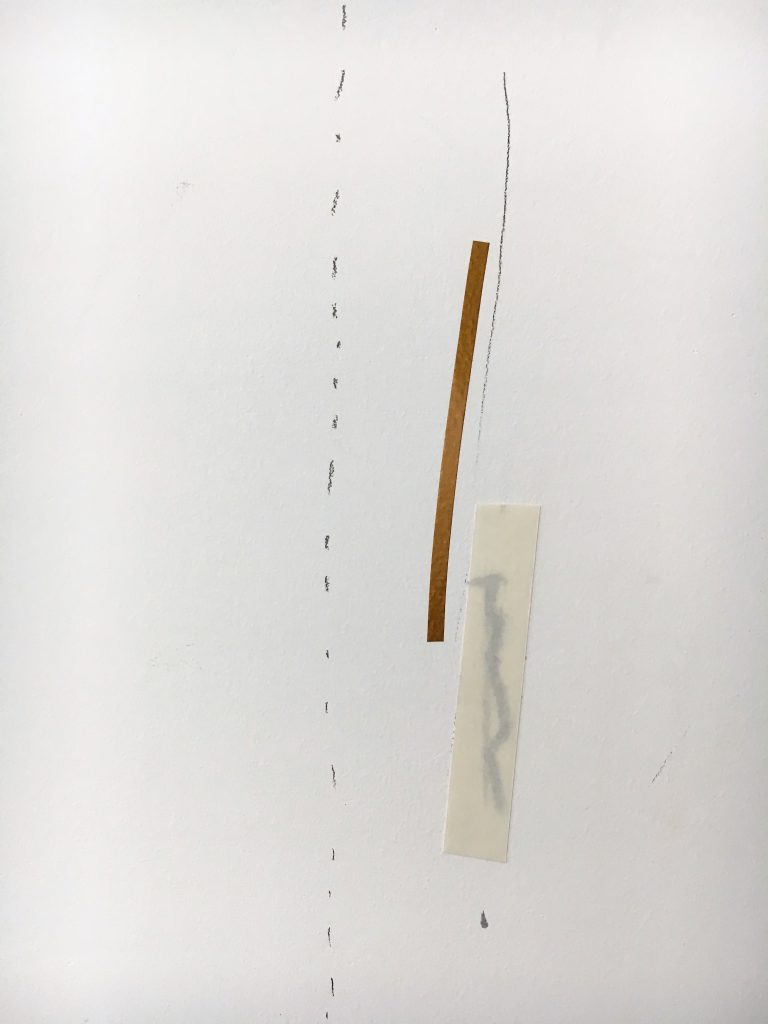
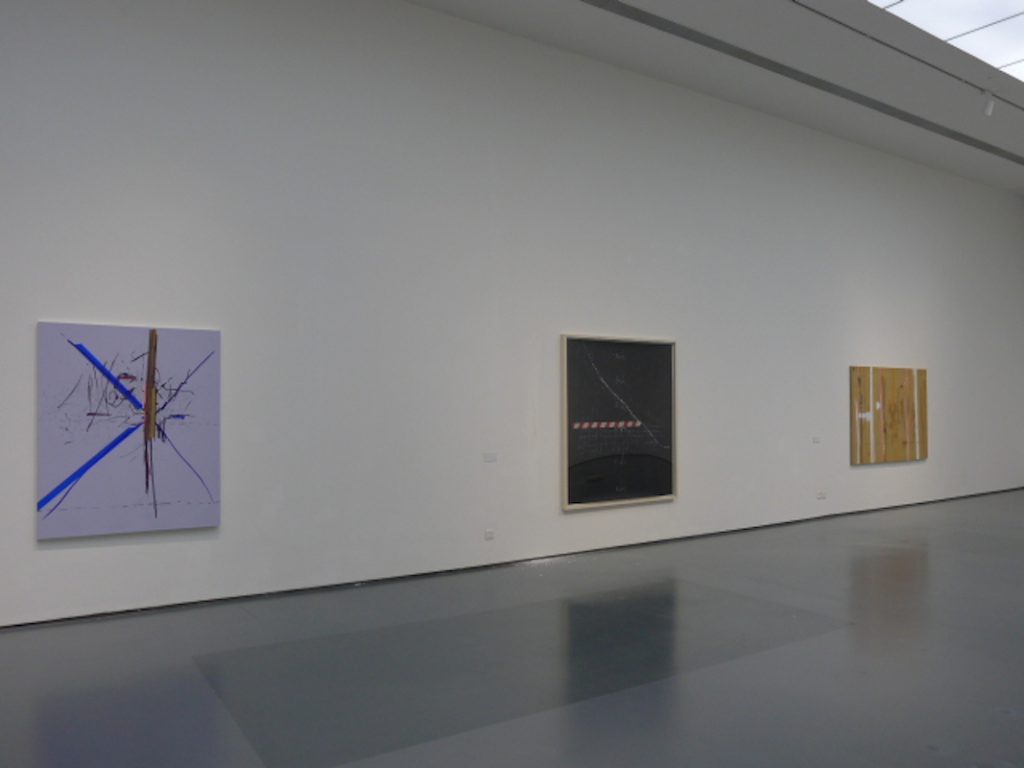
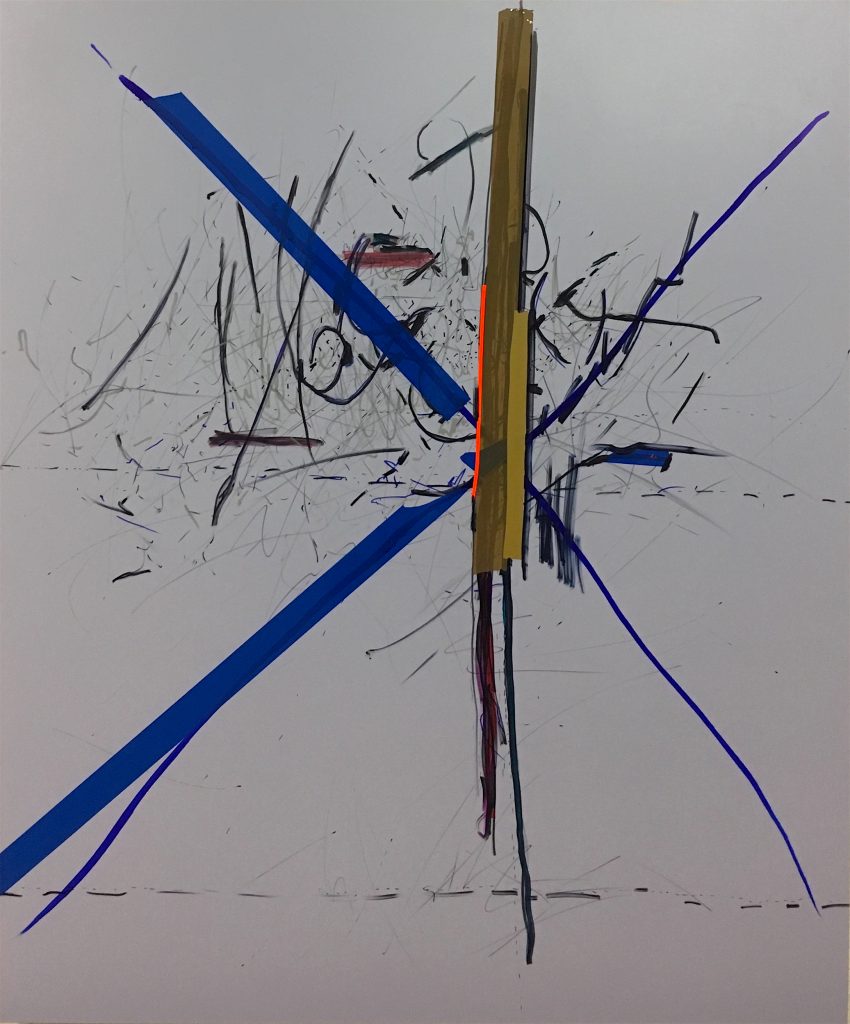
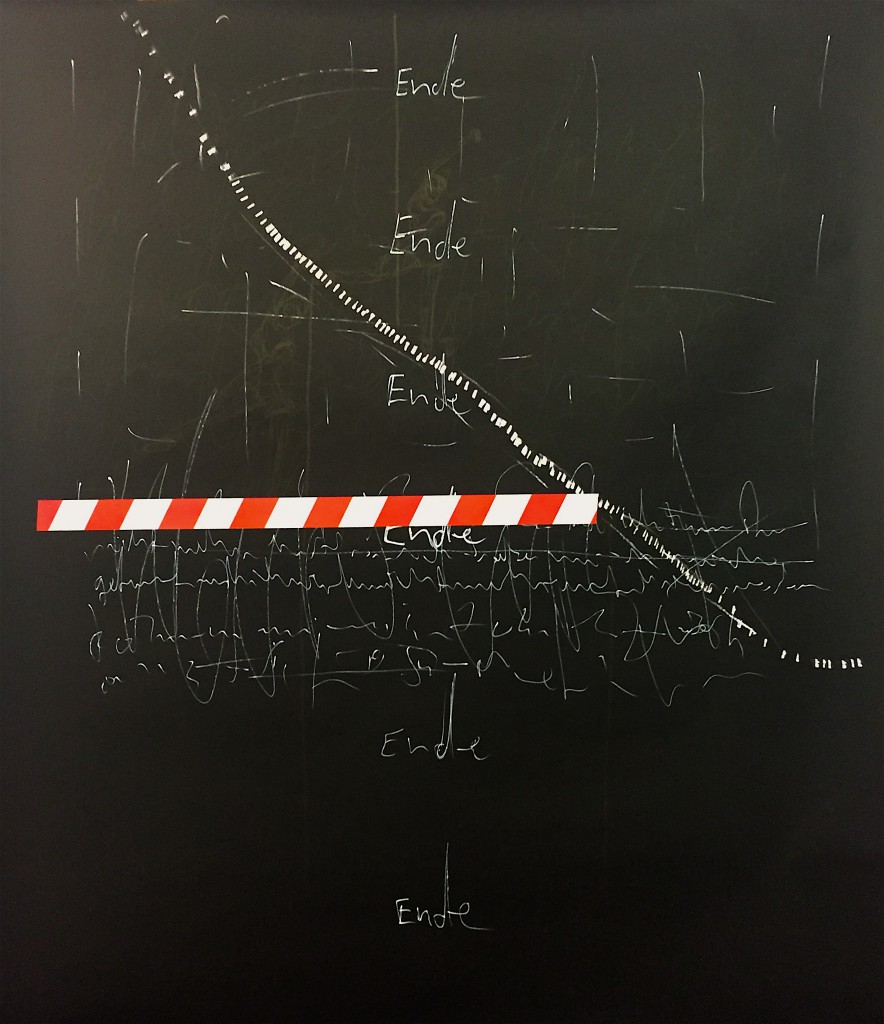

drawing, film, painting










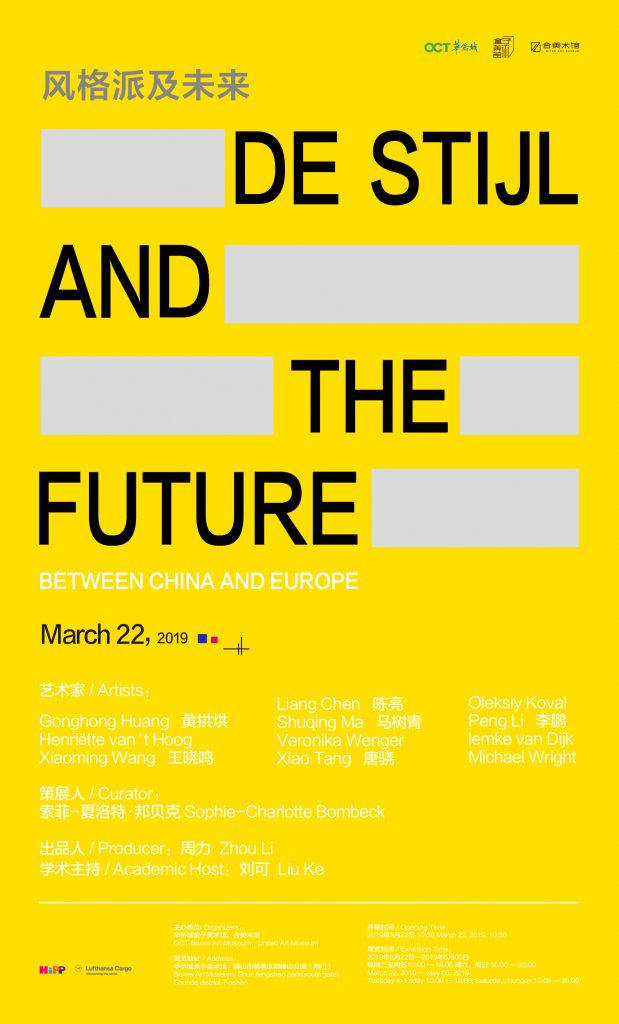
The exhibition De Stijl and the Future presents the Artworks of several Artists from China, Germany, the Netherlands and Great Britain the Exhibition explores the relationships between the movement and the work of the participating artists who are influenced by the ideas of De Stijl. The show started already in January at the United Art Museum in Wuhan (China) and will now continue in a new order at the OCT Boxes Art Museum Foshan City (China). With the exhibition we started a new series of exhibitions which, from the basic concept, guarantees an exchange between the arts, the creatives, curators and the artists themselves. Based on these considerations, we decided to invite the artists to present their own statement about art and its relationship with De Stijl. And to allow this within our exhibition, but not to integrate directly, but at a certain distance. These works are not integrated into the exhibition as direct curatorial positions, but certainly in the experience process of the exhibition conception and theme. The second show of De Stijl and the Future will open on March 22th at 10:30am.
开幕时间 / OPENING TIME
2019/03/22 10:30
展 览 时 间 / EXHIBITION TIME
2019/03/22 TO 2019/05/05
展 览 地 点 / EXHIBITION PLACE
BOXES ART MUSEUM
主 办 单 位 / ORGANIZER
合美术馆 华侨城盒子美术馆
UNITED ART MUSEUM, OCT BOXES ART MUSEUM
ARTISTS
LIANG CHEN
IEMKE VAN DIJK
HENRIËTTE VAN ‘T HOOG
GONGHONG HUANG
OLEKSIY KOVAL
PENG LI
SHUQING MA
XIAO TANG
XIAOMING WANG
VERONIKA WENGER
MICHAEL WRIGHT
CURATOR
SOPHIE-CHARLOTTE BOMBECK
PRODUCER
ZHOU LI
ACADEMIC HOST
LIU KE
OPENING HOURS: TUESDAY TO FRIDAY 10:00 – 18:00 | SATURDAY, SUNDAY 10:00 – 20:00 | BOXES ART MUSEUM, SHUN FENGSHAN PARK (SOUTH GATE), SHUNDE DISTRICT, FOSHAN, CHINA
THE EXHIBITION IS SUPPORTED BY
HIPP AND LUFTHANSA CARGO
Veronika Wenger. Photos © United Art Museum Wuhan & Rhythm Section
Veronika Wenger. Photos © United Art Museum Wuhan & Rhythm Section
Veronika Wenger. Photos © United Art Museum Wuhan & Rhythm Section
Veronika Wenger. Photos © United Art Museum Wuhan & Rhythm Section
UNITED ART MUSEUM WUHAN
The exhibition De Stijl and the Future presents Artworks of several Artists from China, Germany, the Netherlands and Great Britain. The Idea of the Exhibition is to turn around our aesthetic gaze in order to show that the movement of De Stijl has reached artists from all over the world even a hundred years after their act. The Exhibition explores the relationships between the movement and the work of the participating artists who are influenced by the ideas of De Stijl, a Dutch art movement that has had a profound impact on both design and modern art. Inhale the revolutionary atmosphere of the avant-garde and a new Expression of Life, Art and Technology.As seen in the Exhibition Elements of the artistic movement have found their way into modern art as seen in the work of our presented Artists.
The Exhibition encourages the cross-disciplinary exchange and engagement between China an Europe. The Show will take place at the United Art Museum Wuhan and Boxes Art Museum, Shunde.
开幕时间 / OPENING TIME
2019/01/11 16:30
展 览 时 间 / EXHIBITION TIME
2019/01/11 TO 2019/04/11
展 览 地 点 / EXHIBITION PLACE
合美术馆(5/6/7号厅)
UNITED ART MUSEUM
主 办 单 位 / ORGANIZER
合美术馆 华侨城盒子美术馆
UNITED ART MUSEUM, OCT BOXES ART MUSEUM
ARTISTS
LIANG CHEN
HENRIËTTE VAN ‘T HOOG
GONGHONG HUANG
OLEKSIY KOVAL
PENG LI
KE LIU
SHUQING MA
XIAO TANG
IEMKE VAN DIJK
VERONIKA WENGER
MICHAEL WRIGHT
XIAOMING WANG
PRODUCER
HUANG LIPING
CURATORS
DR.KARIN WIMMER
SOPHIE-CHARLOTTE BOMBECK
EXECUTIVE CURATOR
SUN JIANGSHU
OPENING HOURS: TUESDAY TO SUNDAY 09:30 AM TO 05:30 PM | NO ENTRY AFTER 5:00 | CLOSED ON MONDAY
UNITED ART MUSEUM, NO. 16 WEST YEZHIHU ROAD, HONGSHAN DISTRICT, WUHAN, HUBEI, CHINA | WWW.UNITEDARTMUSEUM.COM
THE EXHIBITION IS SUPPORTED BY
HIPP AND LUFTHANSA CARGO
Veronika Wenger, Pinkline, 2018, Art Fair Tüyap, Istanbul
Photo © Rhythm Section
In any art fair there is the acute sense of voices, visions and egos clambering for attention. It is a noise filled market. You see the best and worst of what it is to be a human being, from the cynical, superficial, the deluded to the inspired moments of revelation of some essential truth.
It is one of the primary and elemental powers of the art making process that it reveals the intention, the very desire of the artist in all its hubris or humility perception or delusion, the process reveals our certainty and our fallibility. The degree to which an artist uses or doesn’t use their art to search for a truth. It so clearly reveals the stage of human development which the artist has attained.
What is art but the bye product of intention, the residue of a performative enactment of consciousness and desire, enacted on the surface or within a space. Art is an embodiment of that which is invisible and internal. Whatever we think beauty is, it is not a technique or a style rather it is the bye product of process, the residue of the very workings of a being, left as a trace to read and to experience.
The construction of a significant artwork requires a sensitivity to and truth to material but while this is true the real power in an art work resides rather in the way the material embodies the consciousness of the artist. An artist in pursuit of a truth produces beauty as a bye product of this search. In this sense the artist is a kind of alchemist, they invest banal matter with their consciousness, transform base pigment into the gold of consciousness.
Veronika Wenger, Pinkline, 2018, Art Fair Tüyap, Istanbul
Photo © Rhythm Section
In the alchemist tradition salt on mercury produces gold.
This is a philosophical rather than a chemical process, Salt =experience/pain. Mercury = the quixotic and capricious human spirit, and gold = wisdom.
Veronika Wenger’s art work bespeaks a form of alchemy. Her installation is shocking in its minimalism, absurdly minimal for at first viewing it appears to consist of nothing more than a single vertical luminous cerise line on a blank white wall. This is next to nothing. What are we to make of this? Is it a casual act of graffiti? Is it yet one more clever conceptual ruse for the intellectual elite art market; an act of defiance or indifference to the viewer? Is this so subjective as to be impenetrable, are we left seeking the art work for something that is not there?
The cerise line appears as a single voice in an empty space. It commands attention from a distance. It hovers as a single being, a single vibrating note. It has presence and draws you closer. Then you realise that this single line is accompanied by the ghost trace of a parallel sister line which has been inscribed in the wall but which has been defaced and scraped away, asserted and then deleted. This causes the wall surface to collapse into space, the wall surface becomes ambiguous and uncertain as the line does not sit on the surface but floats in front or hovers in the space.
A list of potential symbolic readings can be contextually projected onto Wenger’s work: The Pink
Cerise in the French court of the Sun King was originally associated with masculinity. In 20th C culture associated with the feminine, and latterly in a post modernist context with the subtle definitions of transgender. The vertical line is like a synthetic blood fissure in the wall, a vagina, perhaps a feminist political statement? On a formalist level it is an acknowledgement of the elemental language of drawing. At a more archetypal level the vertical line is totemic, the most universal symbol of life, the standing vertical line which is at right angles to the passive resting horizontal line which is associated with sleep and death. On the religious level it is the movement between ground and sky between the mortal and immortal. It is both the expression of and defiance of gravity. The vertical cerise line can be contextualised and read symbolically in many directions but this would be to miss the point. This work is not straining to symbolism, rather it is a performative act.
Veronika Wenger, Pinkline, 2018, Art Fair Tüyap, Istanbul
Photo © Rhythm Section
The line is as much and as little as needed to fulfil an existential act of necessity, for that is what the work is an existential and ontological act. As mad as the claim might seem to rational analysis, this single line is an act of bravery. The attempt to create a palpable presence as a performative act of will. The line is as little as one can performatively generate yet this line is required to hold and bespeak the full complexity and struggles of consciousness and being of the artist. This is trully a kind of madness…. shocking. Surely the complexity of being needs to manifest itself in the complexity of a major elaborate composition, something of epic scale, but this is a cinematic or baroque solution.
Wenger chooses a counterpoint way, which is to distil down to the essential and performative. In the manner of a zen brush mark, to gather and hold the complexity of consciousness within one intense moment of focus and performative gesture. Her intense Line is the product of something as intense as Yves Klein’s performative gesture of leaping in flight from a first floor window or Marina Abramovich’s relation to audience, it is about the moment, the risk of the moment.
The quality of our experience is undeniably subjective and deeply coloured by associative readings and feelings. Our human experience resists reduction. Experience is not logical, neutral or so readily reducible, rather the opposite. Experience is exponential, elaborated and coloured by subjective emotional feelings; transformed into equally subjective narrative by the vividness of our human imagination and further filtered and compressed to distil the essential experience to a subjectively memorable form. Our conscious experience sits upon a complex accretion of memory and unconscious material which forms both our sense of self identity and the basis of our relationship to experience. Wenger seeks to ‘hold’ this in one intensive performative act of drawing.
Our deepest nature is in the poemagogic realm of our unconscious being and imagination, which absorbs and transforms experience at an unconscious level. In this respect the function of the poetic and of the arts in general is to reveal our own unconscious nature to our conscious social self, to reconcile and integrate the power of the unconscious. There is in Wenger’s work the sense that she is seeking to hold this complexity within the drawing process and in this singular work of the cerise line to test this to the limit with the most intense and at the same time most minimal drawing form.
Michael Wright Nov 2018